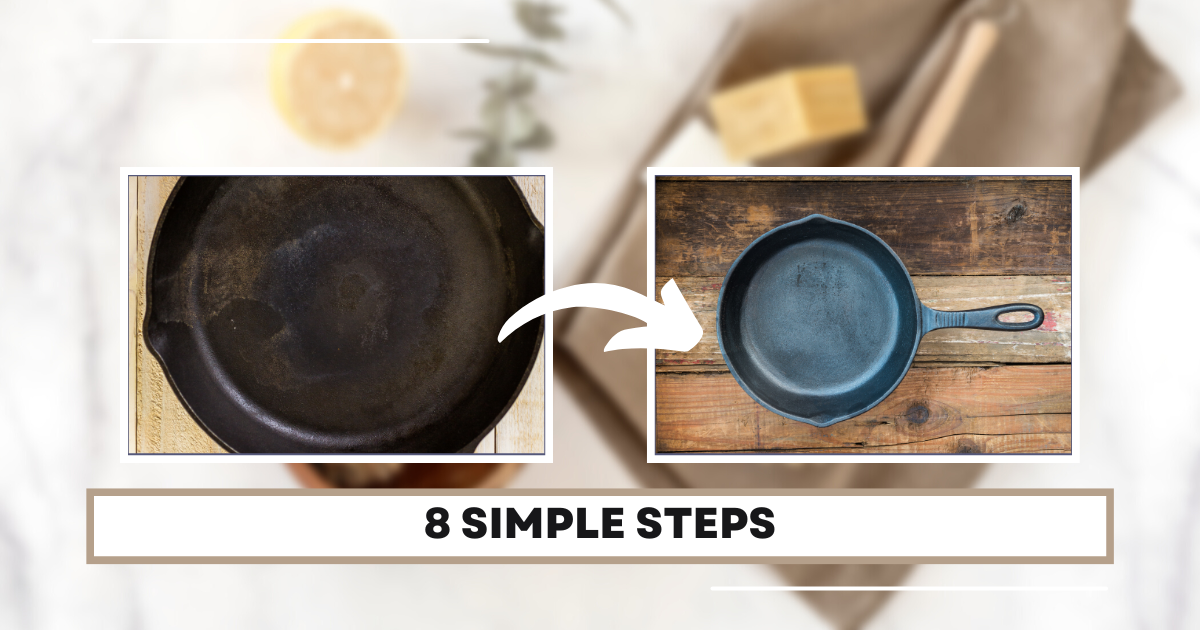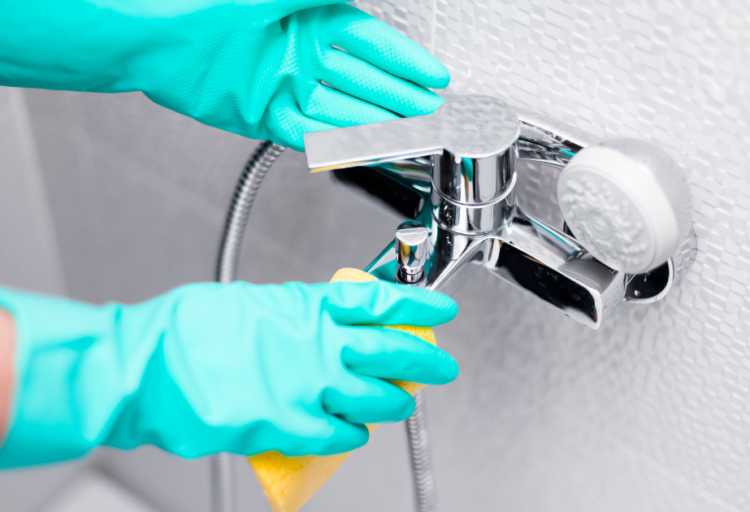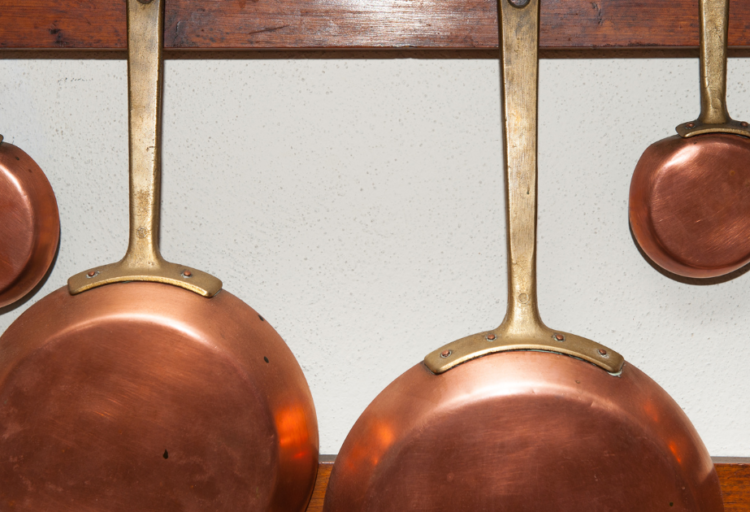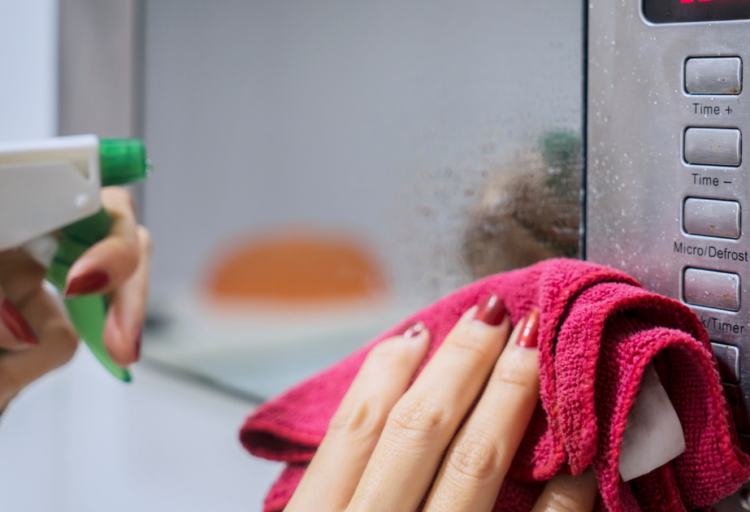There are a lot of reasons why many people choose cast iron cookware. For instance, they have a multipurpose use, non-stick surface, and considerable heat tolerance as well as distribution. Although cast iron boasts several benefits, it can easily rust due to poor cleaning, storage, and seasoning. Luckily, you can save your cookware by learning how to clean rusty cast iron properly, as detailed in today’s post.
Is rust on cast iron dangerous? – Rust should not be ingested & for this reason, you should always clean your rusty cast iron cookware prior to subsequent uses.
Cast iron material is quite durable; therefore, can last for several years with proper care. Rusting can be a disadvantage, but easily preventable and has a quick fix. You don’t have to worry about throwing away your favorite cast iron cookware just yet with these steps on how how to clean rusty cast iron properly.
How to restore cast iron skillet after rusting?
There are different methods you can use to bring your cast iron back to life. The extent of rusting can determine which cleaning method works best for your situation.
You can remove rust from cast iron with vinegar by soaking it if you are experiencing extreme rusting. However, a mildly abrasive cleanser can also offer the desired result. You can use this method on different types of cast iron cookware, but today’s example will be a skillet.
What you will need:
- Gloves
- A scrub brush or steel scrub or steel wood pad (If using steel wood soap pad, do not mix with Bar Keepers Friend.)
- Paper towel/ Kitchen towel
- Avocado oil or oil of choice
Step 1
First, wet your rusty cast iron skillet. Once there is water, you can easily distribute your product in the desired areas.
Step 2
The goal of this step is to remove all rusting. You want to work in sections, so do not pour the product on every surface of the skillet all at once.
First, sprinkle Bar Keepers Friends onto each area you are working on. Second, use a steel scrubber or a scrub brush to remove the rust. Scrub for no more than 1 minute and rinse.
You can alternate between brushes if you’re experiencing different results. For example, a steel scrubber might be more helpful in the initial step, while a finer brush can be gentler for residue.
Step 3
Dry the skillet thoroughly with a paper towel or a kitchen towel. You want to make sure that it is devoid of moisture. Additionally, you can also preheat your oven to 300° and place your cast iron skillet face down on the oven rack. Allow it to dry in the oven for approximately 10 minutes, then remove it.
Make sure it is cooled down prior to handling.
Step 4
Preheat the oven to a hot setting, approximately 475° Fahrenheit while prepping your cast iron skillet for the next step.
Step 5
This process is known as seasoning, which involves the polymerization of fat into a solid. Since there was scrubbing involved in the cleaning process, seasoning might have been removed. Therefore, incorporating this step will help with the non-stick function of cast iron cookware and prevents future rusting.
After allowing your cast iron skillet to completely dry, coat the surface with avocado oil. Avocado oil is recommended due to its high smoke point of 520° Fahrenheit. This provides for an efficient seasoning process; therefore, when substituting, look for an oil with a high smoke point.
Lightly cover every surface of your skillet with the oil. Do not use an extensive amount of oil, as it will not give you the desired result, rather, will leave your skillet sticky. Remember to apply the oil to the bottom as well as the handle of your skillet.
You can use a paper towel to make sure you’re covering the skillet with oil completely. It allows you to smoothly distribute the oil and prevents excess amounts of oil on the surface.
Step 6
Line the bottom of your oven with an oven-safe pan or material to collect possible oil remnants from your seasoned skillet.
Step 7
Place your cast iron skillet with the interior facing down on your oven rack and allow it to remain in the oven for an hour.
After the hour, turn off your oven and allow the cast iron to cool down to a temperature at which you can safely handle it.
Step 8
Re-season with another layer of oil after the pan has cooled down and repeat step 7.
Now, you know how to clean a rusty cast iron skillet and can use this method for your other cast iron cookware. You can properly enjoy your favorite recipe using your restored cast iron skillet.





Leave a Reply